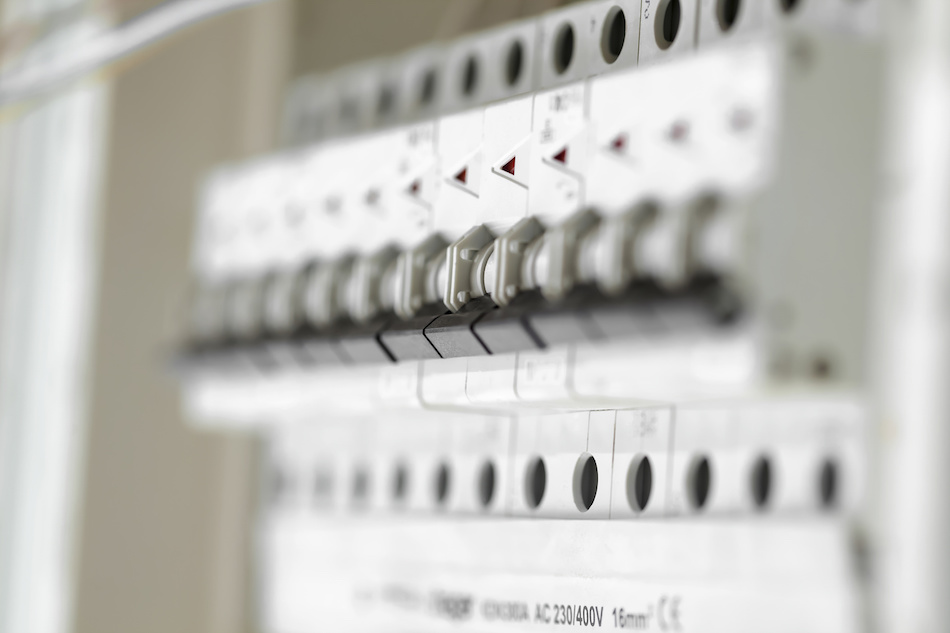 Many older homes were originally constructed with a fuse box instead of a circuit breaker. For modern homeowners, fuse boxes are mysterious and unusual. Fuse boxes also have a reputation for being "unsafe.
Many older homes were originally constructed with a fuse box instead of a circuit breaker. For modern homeowners, fuse boxes are mysterious and unusual. Fuse boxes also have a reputation for being "unsafe.
What's the Difference Between a Fuse Box and a Circuit Breaker Box?
Fuse boxes and circuit breaker boxes are both designed to supply electrical service to residential structures. A fuse box consists of fuses. Fuses are made to "blow" when a circuit overloads. When a fuse blows, this cuts the power to the circuit, thus preventing a possible fire. Power cannot be restored to the circuit until the fuse is replaced.
When a circuit breaker overloads, the breaker cuts the circuit. Power cannot be restored to the circuit until the switch is flipped.
Are Fuse Boxes Safe?
There is nothing inherently unsafe about fuse boxes. However, fuse boxes are an old technology, and therefore all residential fuse boxes are old. Old electrical systems can be unsafe if they're not well maintained. Even fuse boxes that are well maintained can develop problems like short circuits and frayed wires, and thus must be monitored carefully.
Do Fuse Boxes Deliver Adequate Electrical Service?
Fuse boxes date back to a time when there was much less demand for electricity. Many decades ago, 60-amp service was common. Today, most homes require between 100- and 200-amp service.
Many fuse boxes do not supply enough electricity for a modern household. In addition, many fuse boxes lack dedicated circuits for large appliances like the air conditioner, dishwasher and dryer. Homeowners who try to use a fuse box with inadequate electrical service may frequently blow circuits and overload the system.
Some fuse boxes may appear to have adequate electrical service, but this can be the result of tampering from previous homeowners. For example, it's easy to install a 30-amp fuse on a 15-amp circuit. This enables the homeowner to draw more power on a single circuit than was intended by the manufacturer and thus can be a fire hazard. Unfortunately many new homeowners have no way of knowing if this has been done to their fuse box in the past, and may continue to use fuses that allow too much electricity to pass through a single circuit.
What Are the Signs That Your Fuse Box is Overloaded?
Signs that your fuse box is overloaded include:
- The fuses need to be replaced frequently.
- Certain appliances cannot be run together at one time.
- The fuse box makes noises like hissing and popping.
- The wall feels warm around electrical outlets.
If your new home displays any of these symptoms, this is a sign that your fuse box is overtaxed and a new electrical panel may need to be installed.
Should You Plan to Replace the Fuse Box After Moving In?
Not all fuse boxes are able to supply enough electricity for a modern household. In addition, some types of homeowners insurance will not insure homes with 60-amp electrical service. Before moving in, have the electrical box inspected by a qualified electrician. If your box only has 60-amp service, replacement may be necessary. If the box delivers 100-amp service, the box may be adequate for your needs if it's still in good condition. Find out from your electrician whether or not your box needs to be replaced.



